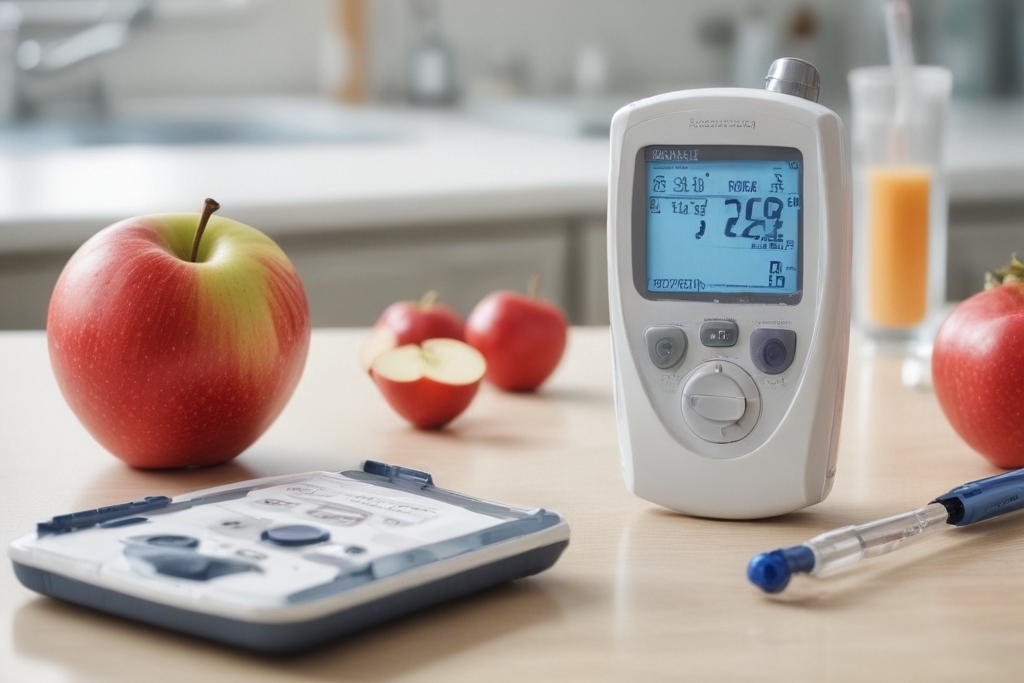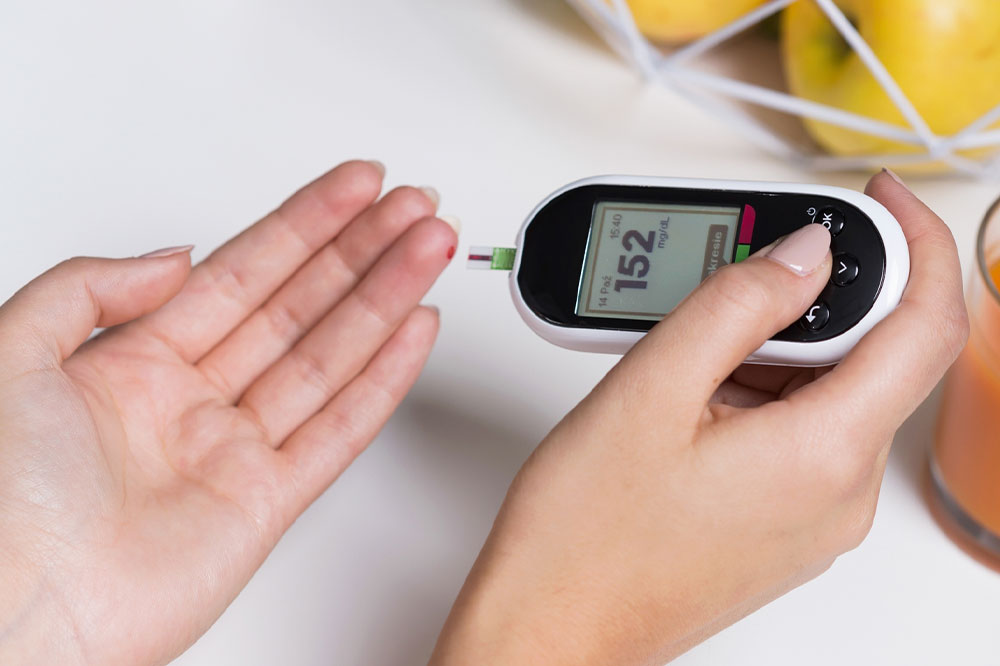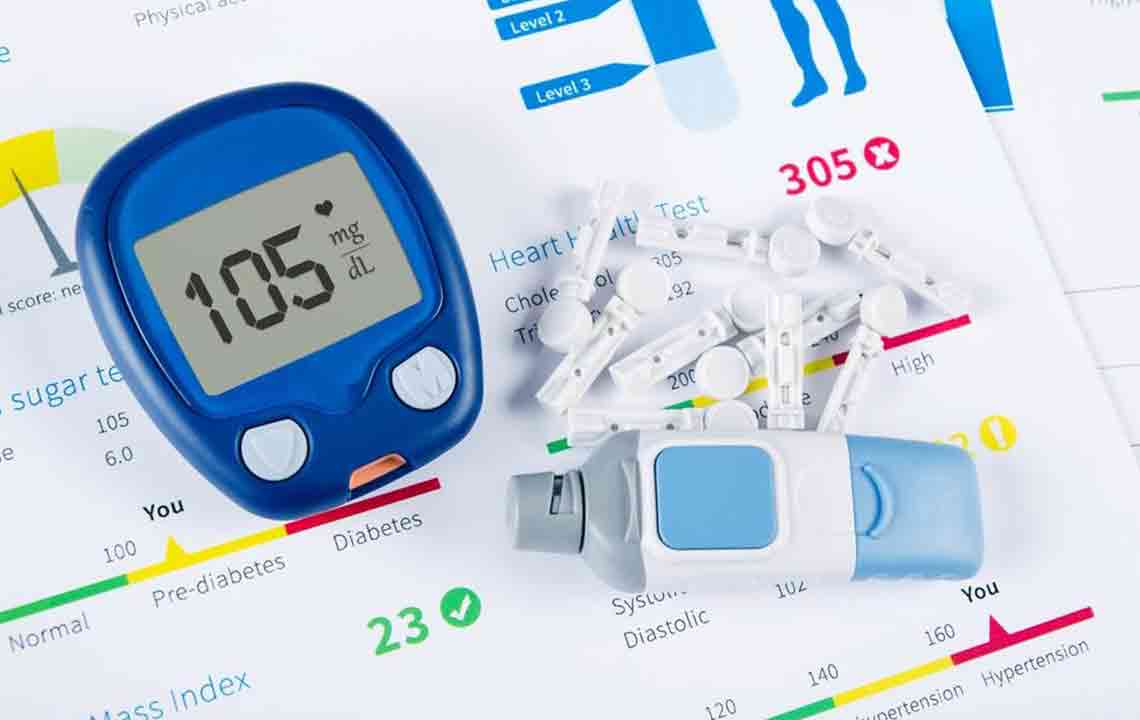Comprehensive Guide to Maintaining Optimal A1C Levels in Seniors for Better Health
This comprehensive guide explains the importance of A1C testing for seniors, recommended target ranges, and practical tips for effective blood sugar management. Tailored to older adults, it emphasizes individualized care, lifestyle choices, and regular monitoring to prevent complications and improve quality of life. Learn how seniors can maintain optimal A1C levels through diet, exercise, medication adherence, and routine check-ups, ensuring better health outcomes and longevity.

Complete Insights into Normal A1C Levels for Elderly Individuals
Effective blood sugar management is crucial for seniors, especially those living with diabetes or at risk of developing the condition. The A1C test, also known as HbA1c, provides a vital snapshot of the average blood glucose levels over the past two to three months. By understanding what constitutes a healthy A1C level in older adults, caregivers and patients can tailor treatment plans to prevent complications, enhance overall health, and improve quality of life. This authoritative guide delves into the significance of A1C testing, the recommended target ranges for seniors, and practical strategies to maintain optimal blood sugar control.
Understanding A1C: The Long-Term Blood Sugar Indicator
The A1C test measures glycated hemoglobin — a form of hemoglobin that has glucose attached to it. Since red blood cells have a lifespan of about 120 days, the percentage of hemoglobin molecules bonded with glucose reflects the average blood sugar level during this period. This long-term indicator is invaluable for assessing how well blood sugar has been managed over months, rather than just at the moment of testing, making it a cornerstone in diabetes care.
The American Diabetes Association (ADA) recommends that healthy, non-diabetic adults aim for an A1C below 5.7%. Levels between 5.7% and 6.4% are classified as prediabetic, indicating an increased risk of developing diabetes. An A1C reading of 6.5% or higher confirms a diabetes diagnosis. However, for older adults, these thresholds are often adjusted based on individual health status, comorbidities, and life expectancy to optimize their care and minimize risks.
1. Optimal A1C Targets for Healthy Seniors: For older adults who are generally healthy, active, and have a longer life expectancy, a target A1C below 7.0% is typically recommended. This level balances effective blood sugar control with a reduced risk of hypoglycemia, which can be dangerous in this age group.
2. Adjusted Goals for Seniors with Multiple Health Conditions: Seniors managing additional health issues such as cardiovascular disease, kidney problems, or limited mobility may have slightly relaxed target ranges, generally between 7.5% and 8.0%. Adjusting the goal aims to prevent hypoglycemia and other side effects while maintaining reasonable blood sugar control.
3. Care for the Frail and Long-term Care Residents: For very elderly or frail seniors, an A1C around 8.0% or even slightly higher may be acceptable. The primary focus at this stage is quality of life and safety, avoiding severe low blood sugar episodes that could lead to falls, injuries, or hospitalization.
Why Regular A1C Monitoring Is Critical
Scheduled A1C testing plays a vital role in comprehensive diabetes management among seniors because:
Monitoring Long-term Glycemic Control: Regular tests help understand how well blood sugar is being managed over extended periods, aiding in early detection of trends toward poor control that could lead to complications like nerve damage, eye disease, or kidney failure.
Guiding Treatment Adjustments: Results guide healthcare providers in optimizing medication regimens, dietary plans, and lifestyle modifications tailored to the individual’s needs.
Detecting Patterns and Variations: Consistent testing reveals fluctuations and patterns in blood glucose levels, allowing for timely intervention before complications arise.
Practical Tips for Maintaining Healthy A1C Levels
Managing blood sugar effectively involves a combination of lifestyle choices, medical oversight, and patient education. Here are essential strategies to keep A1C levels within desired ranges:
Healthy, Balanced Diet: Focus on consuming a variety of fruits, vegetables, whole grains, lean protein sources, and healthy fats. Limit intake of processed foods, sugary snacks, and beverages that can cause blood sugar spikes.
Regular Physical Activity: Incorporate moderate exercises such as brisk walking, swimming, cycling, or gentle yoga into daily routines. Physical activity enhances insulin sensitivity, helps control weight, and improves overall cardiovascular health.
Medication Adherence and Consultation: Strictly follow prescribed medication regimens and regularly consult healthcare providers for dosage adjustments or new treatment options.
Self-Monitoring of Blood Glucose: Use blood glucose meters to track daily levels, enabling quick responses to unusual fluctuations and preventing episodes of hypo- or hyperglycemia.
Stress Management: Employ relaxation techniques such as meditation, deep breathing, or engaging in hobbies to reduce stress, which can adversely affect blood sugar levels.
Routine Medical Check-Ups: Maintain consistent healthcare visits for comprehensive evaluations, early detection of potential complications, and timely modifications to management plans.
In conclusion, understanding and maintaining optimal A1C levels is fundamental for promoting health, preventing complications, and enhancing quality of life among seniors. Customized goals based on individual health status, combined with ongoing monitoring and healthy lifestyle habits, can significantly impact overall well-being and longevity.




